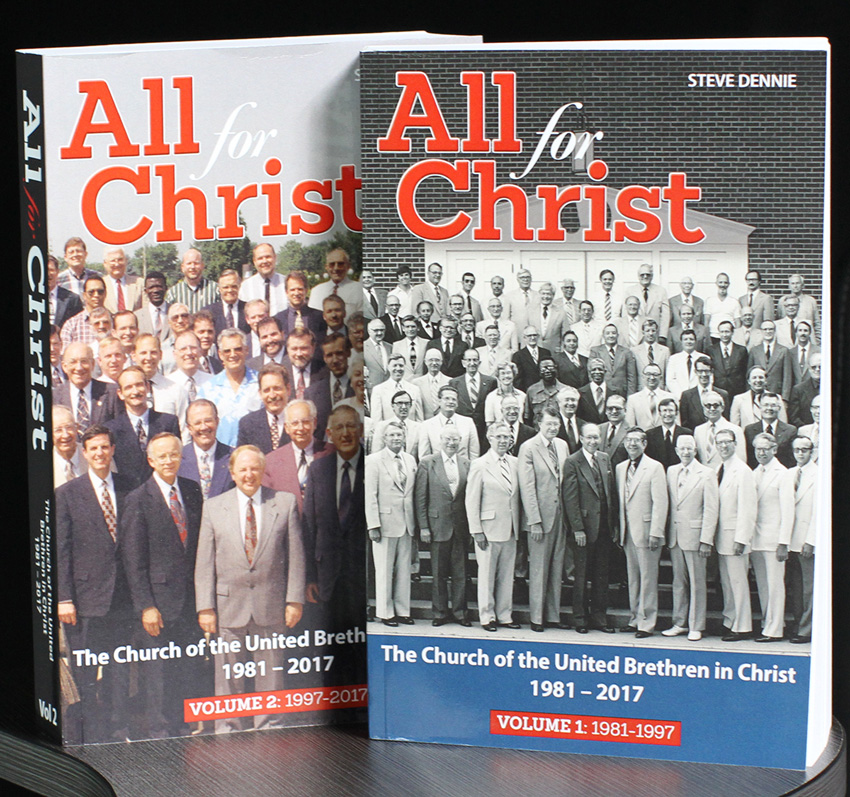31 Aug A Grateful Good-Bye After 45 Years
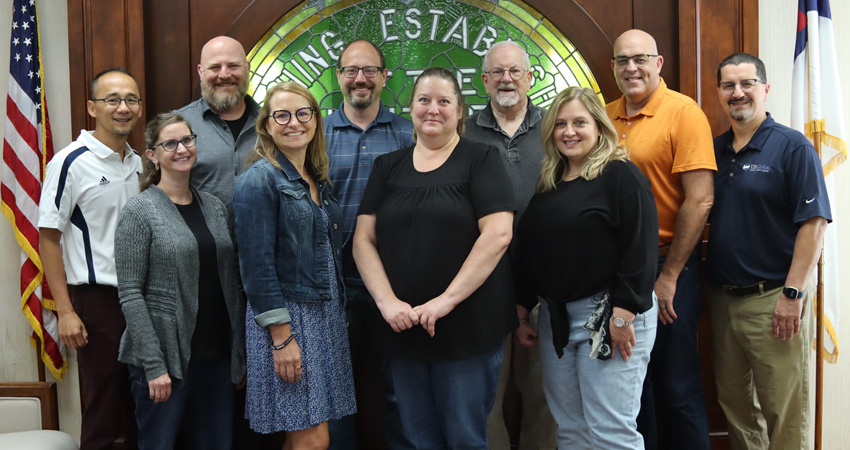
The staff of the UB National Office
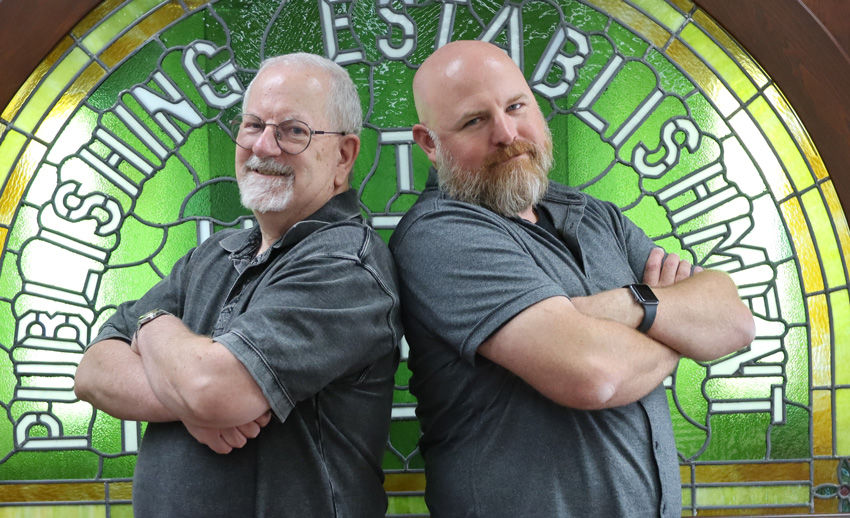
Steve Dennie (left) and Brian Biedenbach
From Steve Dennie
Today is my last day as Communications Director for the Church of the United Brethren in Christ. Two years ago, just after the 2021 US National Conference, I told Bishop Todd Fetters that I would get him through one more national conference, and then I would retire. So that’s where I’m at. As of tomorrow, September 1, I am retired and unemployed and excited about whatever comes next.
It was 45 years ago that, as a senior at Huntington University, I joined the staff at United Brethren National Office. I’ve spent my entire career working in one building, which sounds boring, but it’s been varied and a perfect fit with my gifting. I started out editing a magazine and Sunday school curriculum, saw us transition from my IBM Selectric to a computer (two 5.25” disk drives, no hard drive), then to desktop publishing. And then the internet crashed in, which brought new communication tools and a host of learning curves. My core strengths have remained writing and editing, but I’ve been stretched mightily in a lot of directions…and it’s been fun and fulfilling.
Thank you for giving me a place to fully use my God-given gifts. It’s a blessing I’ll always appreciate. Over the years, I’ve received an over-abundance of affirmation from you, the people of the Church of the United Brethren in Christ. Thank you for that. You are good, good people. We at the national office recognize that the real work of the denomination occurs in our local churches, so our role is to come alongside you and serve you in any way that can help you be more effective in the trenches. But you’ve made it easy for us, and for me, by being so gracious and supportive.
As I move into retirement, I welcome Brian Biedenbach as the new Communications director. He brings skills which I lack, but which will be important in moving us forward. He’s a great guy. I’ll be cheering him on, and trust that you’ll do the same.

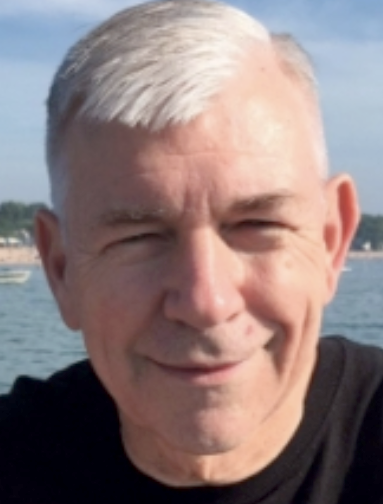
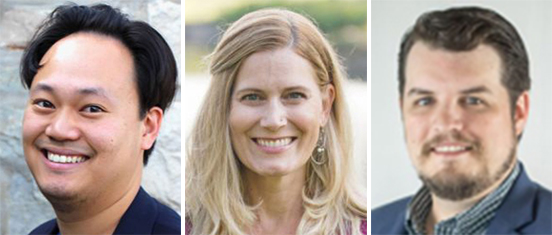
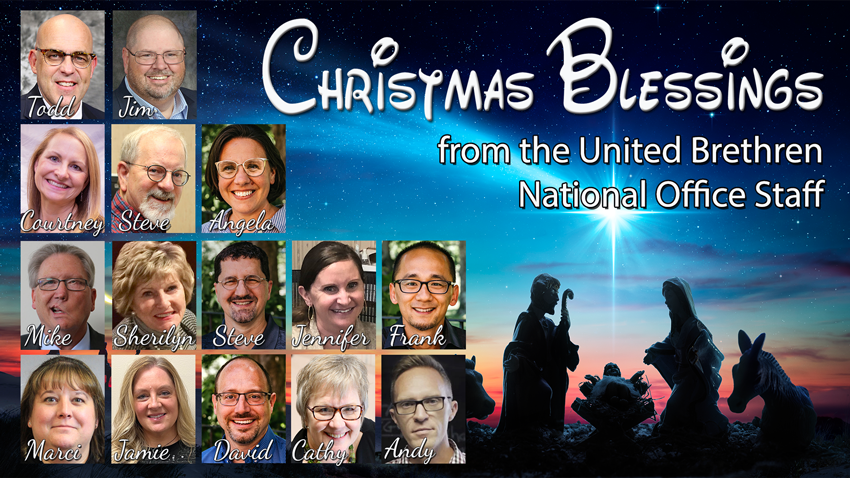
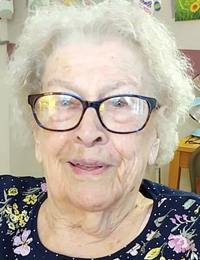
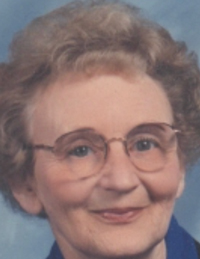
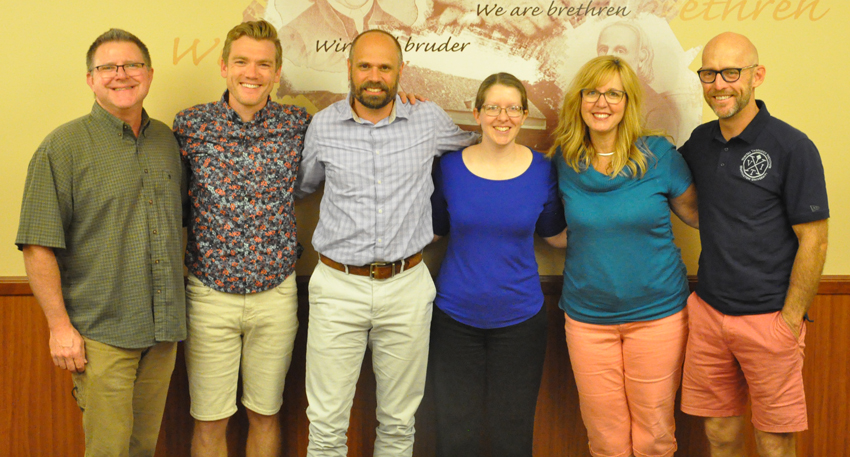
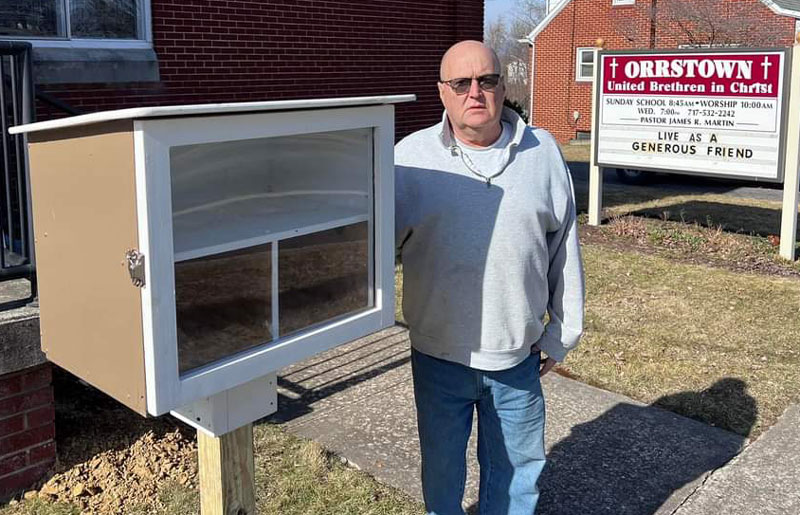
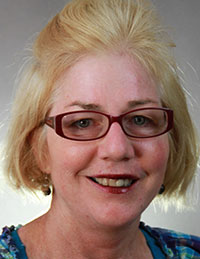 Fonda Cassidy passed away on March 1, 2022. A nurse, Fonda and her husband, Robert, led a number of UB medical teams to Honduras and Nicaragua. Fonda is a sister of Rev. David Rawley, pastor of Otterbein UB church in Greencastle, Pa.
Fonda Cassidy passed away on March 1, 2022. A nurse, Fonda and her husband, Robert, led a number of UB medical teams to Honduras and Nicaragua. Fonda is a sister of Rev. David Rawley, pastor of Otterbein UB church in Greencastle, Pa.